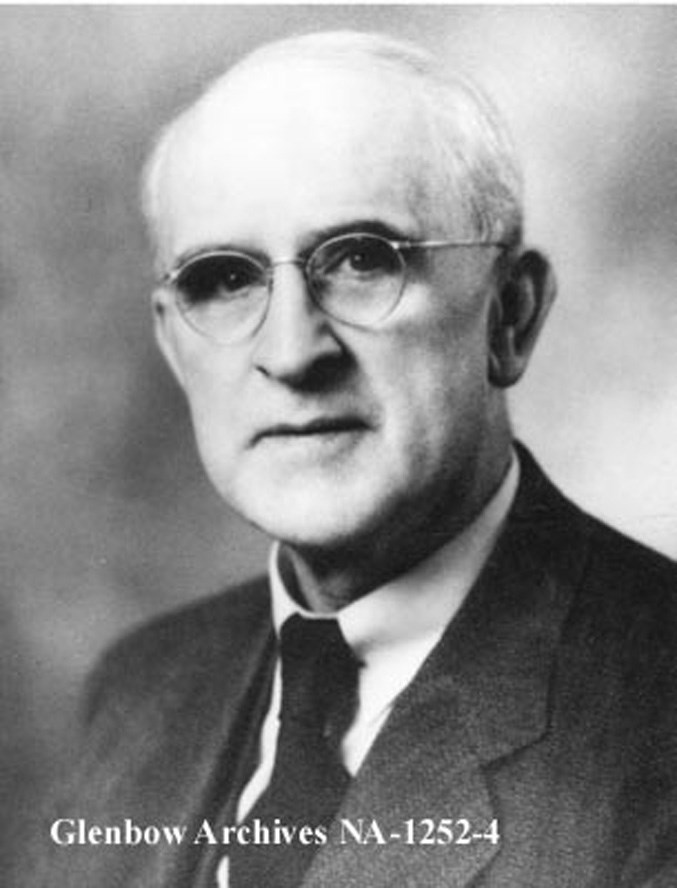An Okotoks avenue took its name from a doctor who lived about 22 kilometres south of the town. Dr. George Douglas Stanley moved into High River in 1901 and began his medical practice in the town and its immediate surrounding area. In 1903, he expanded his territory to include a 40-mile radius around High River, which brought Okotoks under his umbrella. “I imagine at those times it was house calls in a horse and buggy, too,” said Okotoks museum specialist Kathy Coutts. He tended to patients from all walks, including the local movers and shakers of the time, she said. According to the Okotoks history book, A Century of Memories, one of his patients was Henry McKay, who had been an Okotoks councillor, a member of the Okotoks School Board, and a supporter of the Liberal party. “‘Dr. Stanley liked to say he cured Henry of everything but Liberalism,’” the book reads. While practicing medicine in the area, Stanley joined Drs. Stockton, Welch and DeLong of Okotoks and Dr. Learmonth from High River in forming the South Central Medical Society in 1907, primarily to standardize medical fees, said Coutts. Doctors would have been setting their own fees, so there would have been competition among local physicians with the doctor offering the lowest rates seeing the highest number of patients, she said. “Even back in 1907 there was the need for that co-ordination, and having five doctors come together and agree on standardized fees was remarkable and would have had an impact on the whole area,” said Coutts. “I imagine every community with more than one doctor was dealing with the same issues around that time. So these guys were doers, problem-solvers.” The South Central Medical Society was the third of its kind in the province, behind organizations established in Edmonton in 1902 and Calgary in 1905, she said. “So it was the first smaller organization outside of those two major cities to regulate and standardize fees,” said Coutts. “We’re always breaking new ground out here.” The society folded in 1912, and Stanley continued to serve as a physician in the area until the flu epidemic of 1918, she said. He became a casualty of the epidemic himself while treating patients and after his recovery decided it was time for less strenuous work. Stanley moved to Calgary in 1918 where he would join the Associated Physicians and Surgeons in 1922 and serve as the chairman of the board of governors at Mount Royal College (now Mount Royal University). The gymnasium at the Kerby Centre in Calgary, a seniors’ facility, was named the Dr. G. D. Stanley Gymnasium in his honour. “So after he left Okotoks he continued to serve the community in a much larger way, an in interesting ways – education, seniors’ health,” said Coutts. “He must have been well-recognized and well thought-of to have the gymnasium named after him.” According to the High River history book, Life & Legends, written by former High River Times editor Lillian Knupp, Stanley also became a founding member of The Associate Clinic in Calgary towards the end of his career. After his retirement, he wrote Fun in the Foothills, which Knupp calls “a revealing story of the life of a country doctor.” Part of the story includes his wedding, when an emergency call from a rural patient interrupted the afternoon reception and a second emergency cancelled the planned honeymoon to Banff. The honeymoon finally took place 12 years later, in conjunction with a medical conference in Edmonton. “Too little has been said about the roles of the wives of the country ‘family’ doctors, whose patience and soothing telephone answering service were important factors in community life,” wrote Knupp.


.JPG;w=120;h=80;mode=crop)

